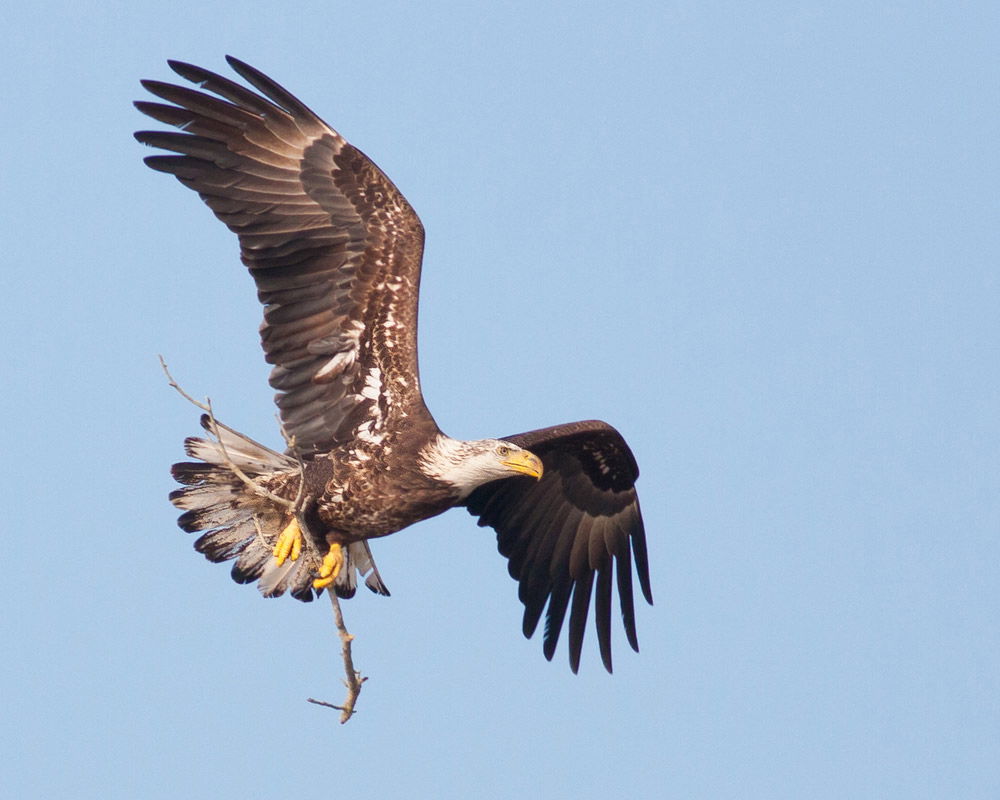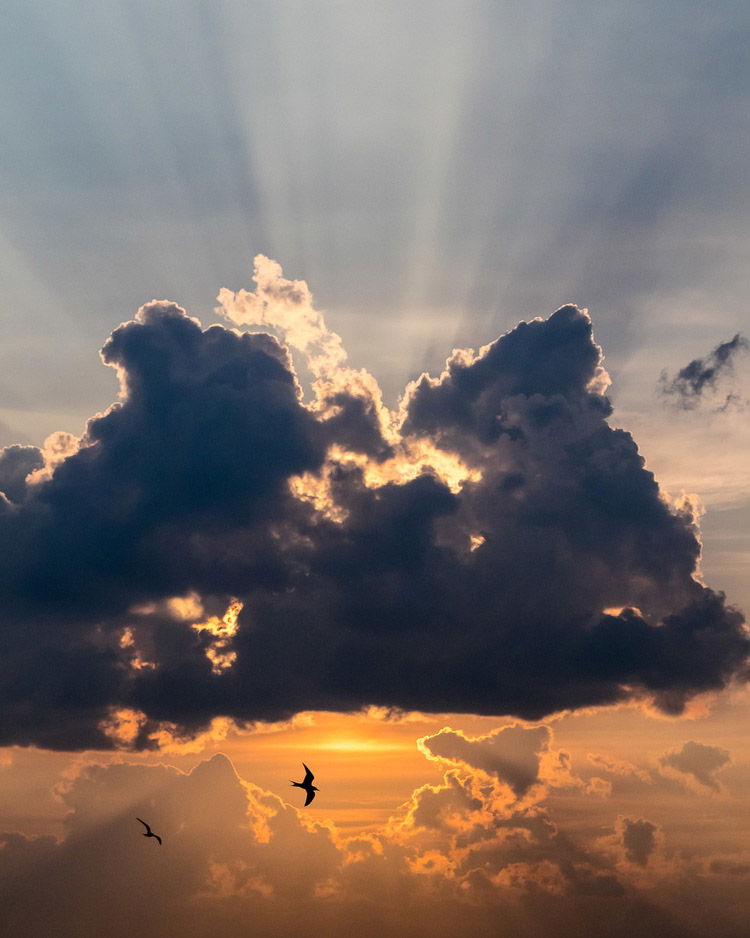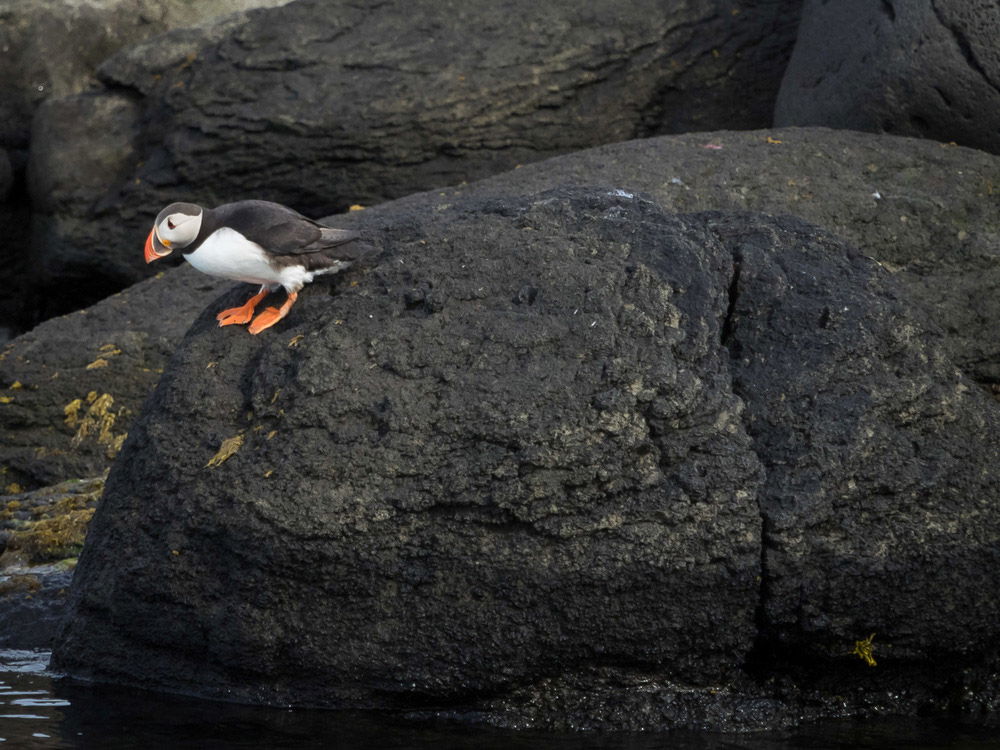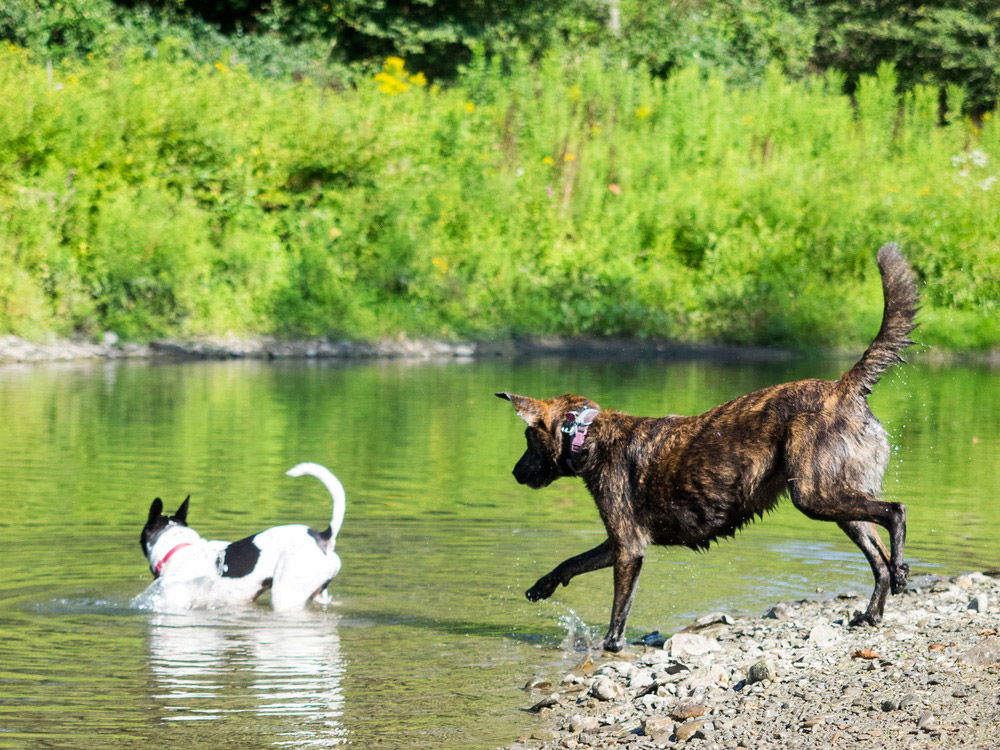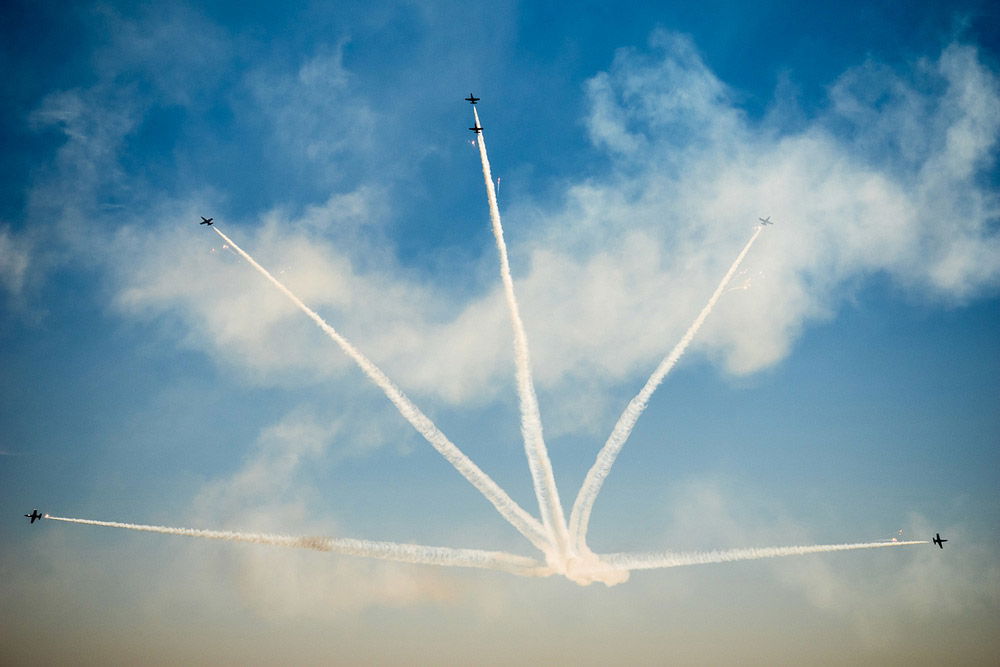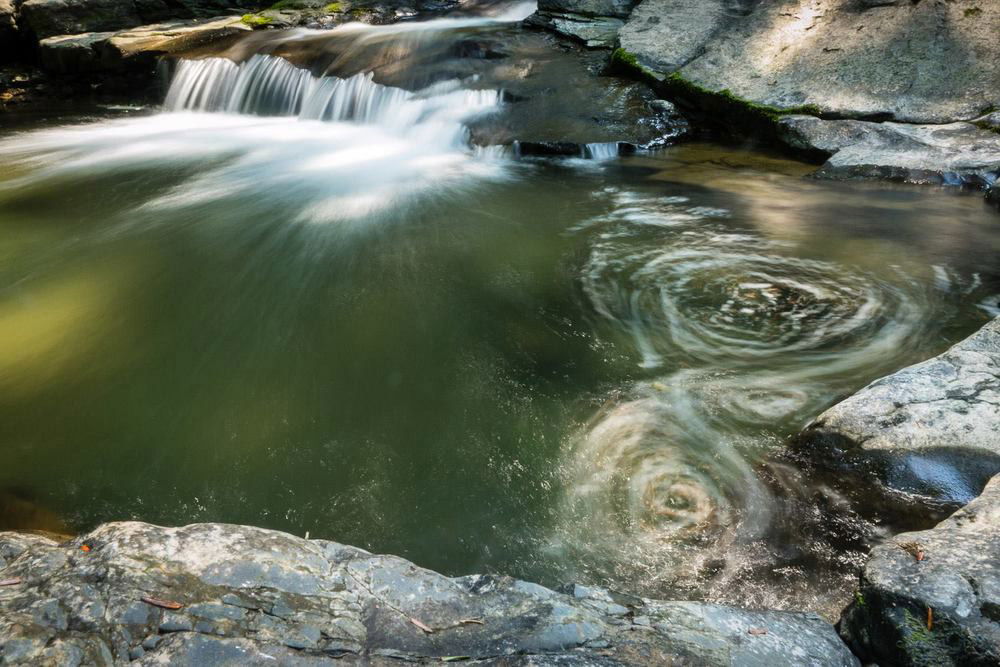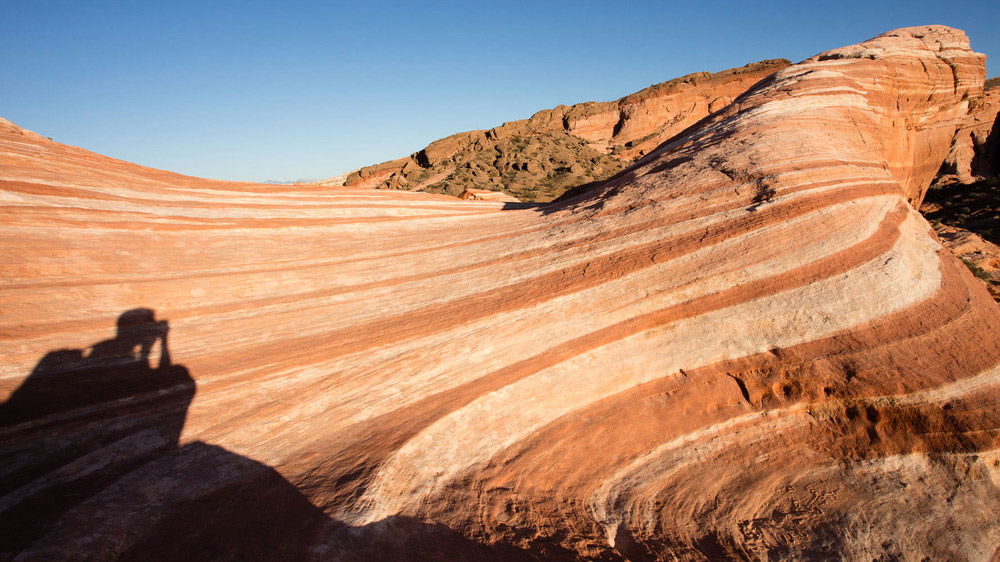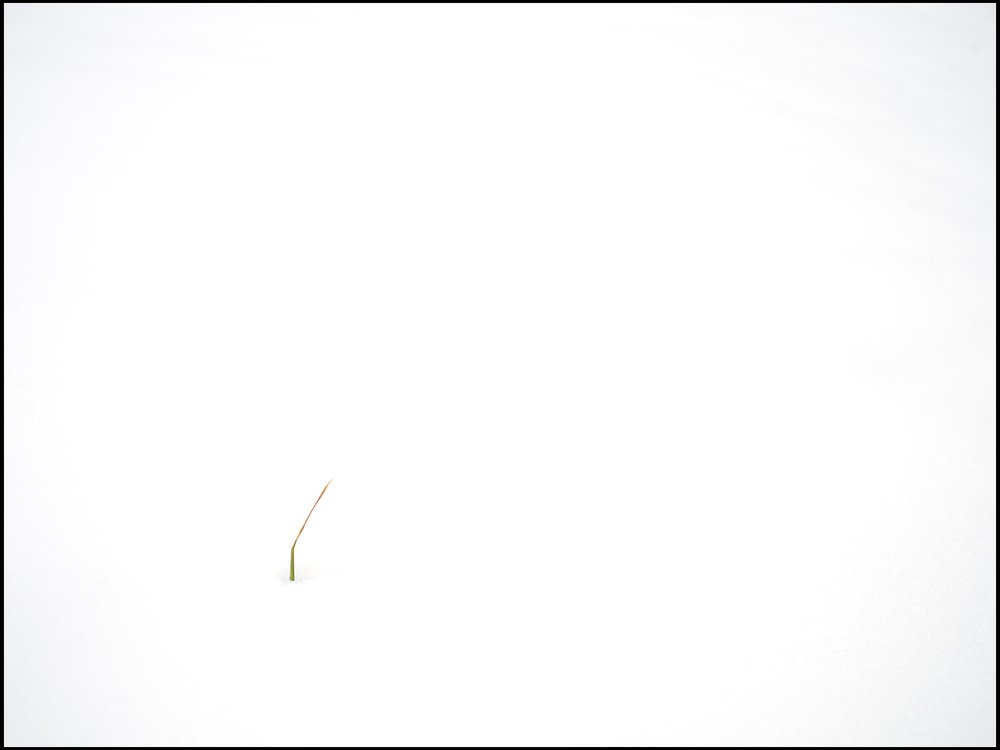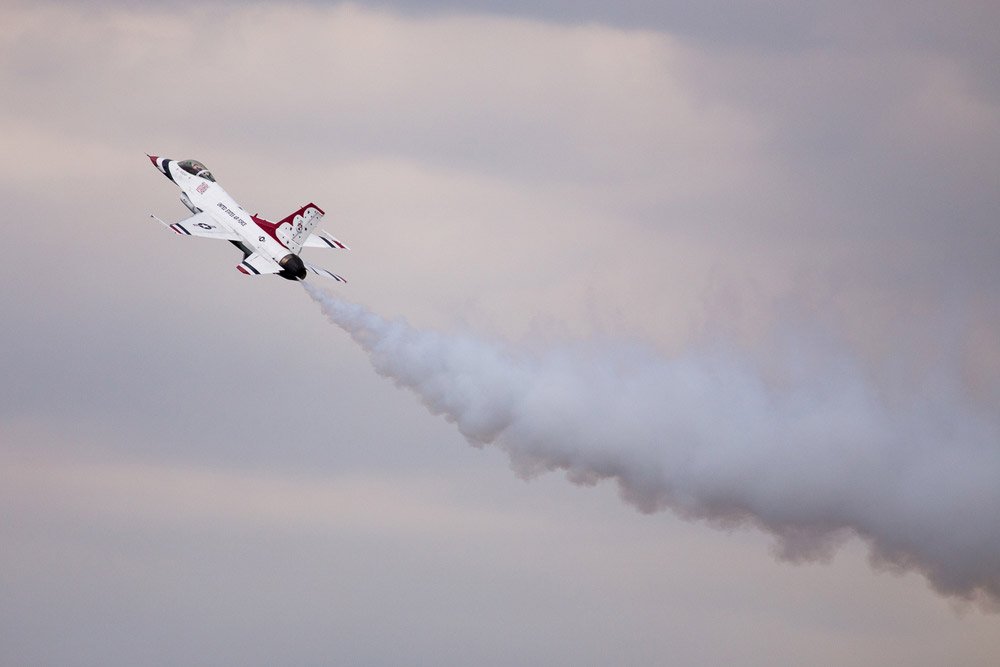1. For Professional Photography: Transcend Technology
The most powerful photography sensor available is found, not in the camera, but within yourself. The secret lies in your ability to recognise emotion and document it with a photo. It doesn’t matter if you’re using a DSLR, mirrorless camera, point and shoot, or a smartphone; a memorable event transcends technology. Although today’s camera ads promise that just about anyone can take a great photo, this is merely a marketing gimmick. Make no mistake: mastering your camera takes enormous dedication, continued practice and the burning desire to reach new heights.
2) Brush Off Bad Days
It’s difficult to predict where and when a great photo opportunity will arise. Only by heading out with your camera regularly will your percentage of ‘keepers’ increase. Perfection is never the goal; it’s doing your best that counts. Rather than settling for the same tried and true formula, challenge yourself. Try new techniques. Free yourself from the notion that professionals don’t have bad days or take lousy photos. It’s all a necessary part of the artistic process. As the Hall of Fame hockey player Wayne Gretzky said, “You miss 100% of the shots you don’t take.”
3) Confidence
Many of the photographers I work with capture remarkable images that are certainly worthy of the “professional quality” label. Some of these clients have considered changing careers to follow their passion but lack one key ingredient to do so. This important element is something you won’t read about in a photography magazine or see on a forum – it’s not a fast lens, or a clever camera strap. No, these are all superficial elements that anyone with a credit card can buy. The secret for a successful photography career boils down to one thing: confidence. If there is a technique that scares you, now is the time to learn it. With the roadblock pushed aside, you can see your goals more clearly and continue on the path ahead.
4) Curiosity
The way you view the world will undoubtedly impact your photography. If you’re having trouble changing your vision, simply adjust your approach. Rather than thinking like a photographer, consider yourself a visual detective. This forces one to really study the space around them, while paying careful attention to details. Through our inquisitive nature, we can uncover moments in photographs that most would let pass by. Let curiosity guide your compositions and you will learn to see the world differently.
5) Desire
The grandest adventures begin with a simple desire to see something new. Maybe it’s an old forgotten Lighthouse, a new part of the city, a rustic barn on the other side of town – allow your passion to take you to new places, outside of your comfort zone. For inspiration, check the local library for travel guides on your own state. Cross reference this research with online photo galleries and published reviews. You’ll quickly get a feel for what your area holds and a vision of how you’d like to capture it.
6) Keep Moving Forward
Before reaching any breathtaking vista, you must first climb, sweat and navigate around thickets. This type of persistence is equally important on the path to good photography. Even the greatest photographers of all time had outings that were less than ideal, no finer example being this story from Ansel Adams, who spent a frustrating day with “several exasperating trials.” Adams wasn’t discouraged. He noted that “defeat comes occasionally to all photographers, as to all politicians, and there is no use moaning about it.” He got back in the car, started driving and soon found a majestic scene that was to become one of his most famous works: Moonrise, Hernandez. Whether you’re just starting your photography pursuit, or are exploring new creative avenues, you never know what treasures will greet you around the next bend.
7) Question Everything
When you’re first learning photography, it’s wise to search for facts and truth. The internet, of course, has democratised learning with an abundance of information at our fingertips. Still, making good art is often more about the questions than the answers. Ignore this and you’ll end up following a formulaic process, gaining only results that look like everyone else’s work. In order to create your own visual signature, you must look within. What kind of images do you see in your mind’s eye? Now try to recreate that. Use this technique to guide your photographic efforts and you’ll soon be making images that exceed your expectations.
8) Self-awareness
A professional photographer I recently worked with asked for the best non-technical advice I could offer. The question took me off guard momentarily; it was quite the departure from the common inquiries on histograms, white balance or aperture. My thoughts quickly shifted to the words of photographer Ernst Haas (1921 – 1986). When I was first starting out, this quote resonated deeply with me and it remains an influential concept to this day. “There is only you and your camera. The limitations in your photography are in yourself, for what we see is what we are.” What Haas was describing is the real test of a photographer’s artistic growth. When there is no grand vista or magic light, no double rainbow or brilliant sunset, do you pack away your camera… or do you look harder to find the photo that everyone else passed by? It’s this part of our art that can’t be explained in a technical guide but has to come from within.
9) Annual Reflection
The autumn harvest is not just for pumpkins and apples but photographs too. That’s right, now is the time to pick your favourite images from the last year. I do this each October while assembling a photo calendar for family and friends. They make great holiday gifts and are a wonderful way to share your year’s adventures. Ansel Adams believed that “Twelve significant photographs in any one year is a good crop.” Ironically enough, that’s the exact amount you’ll need to fill each month. I also view this exercise as a measuring stick for growth: what did I do better this year than last? How can I make improvements in the days and months ahead?
10) Blaze Your Own Trail
There’s no denying that photography is a powerful art form, just as painting, music and sculpture are too. If you look into the history of these disciplines, you’ll find further similarities: Those who enjoyed long term success did so not by following current trends but by paving their own way. This, of course, is no easy feat, perhaps best expressed by Alfred de Musset who said, “How glorious it is – and also how painful – to be an exception”. Whether it’s your choice of gear, or the subject matter you focus on, throw out the rule book and follow your own heart.


